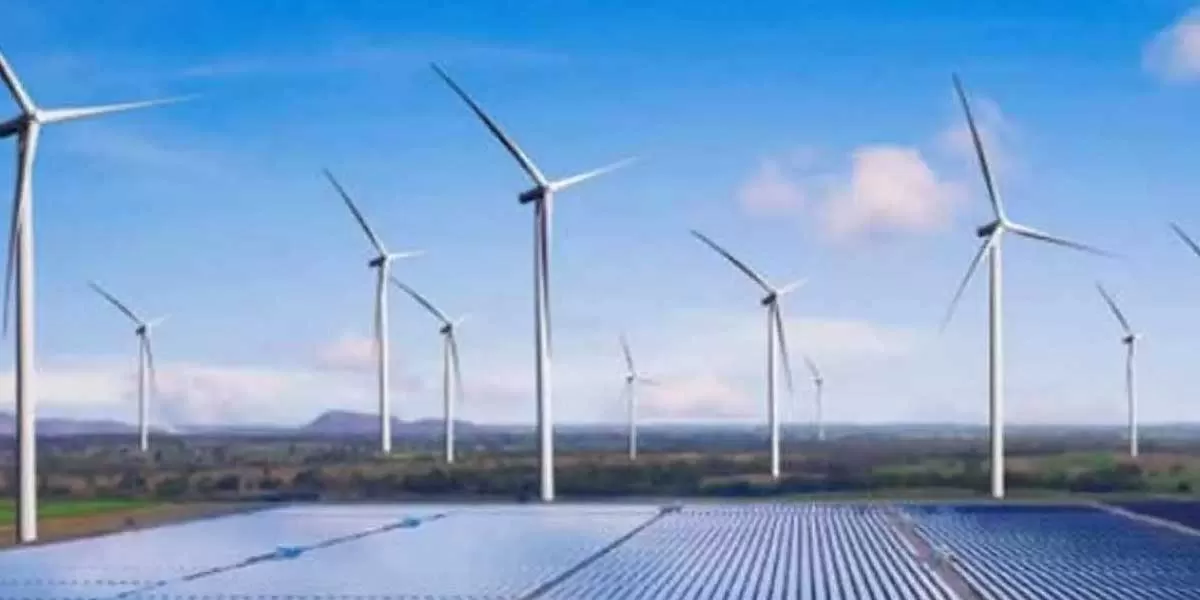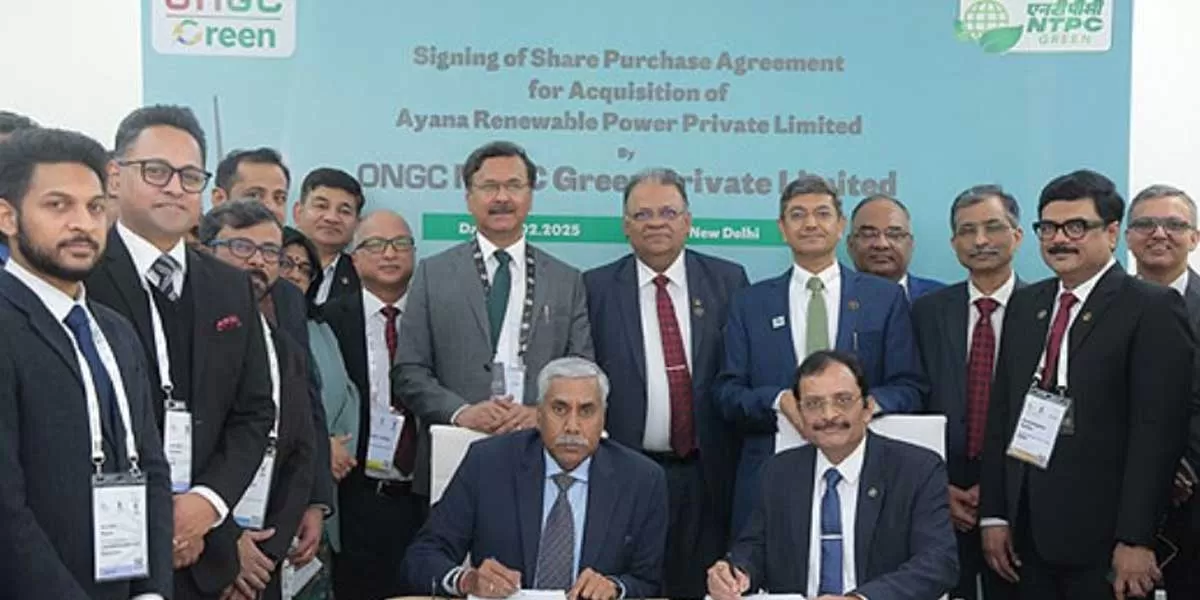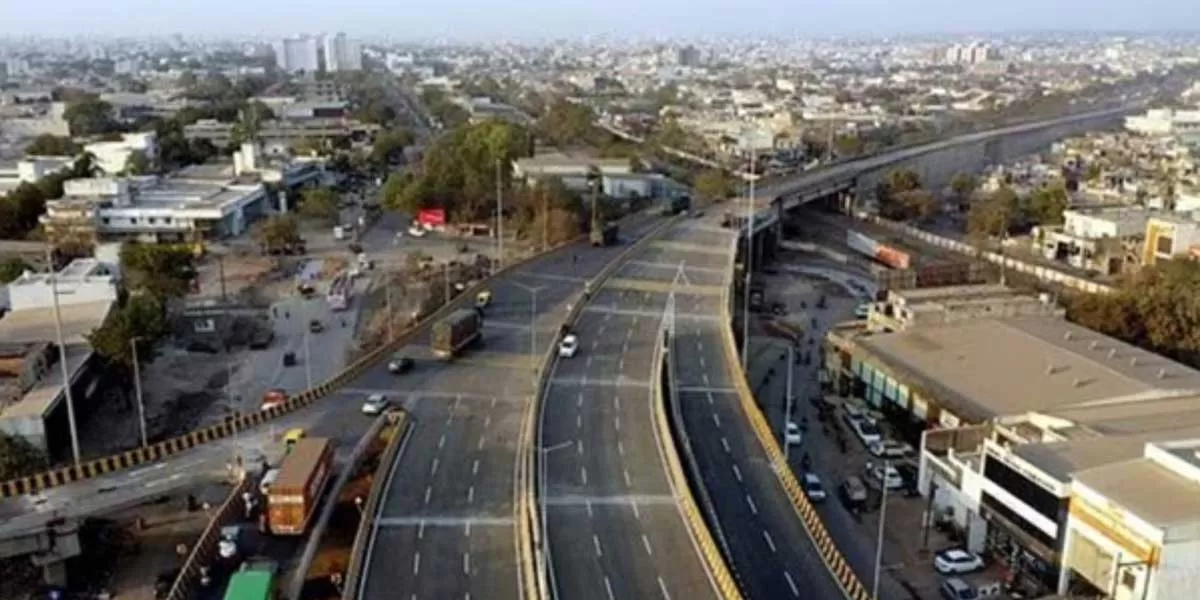While we get clarity on whether the government chooses to battle the retrospective tax against the order given by the Supreme Court in favour of the struggling Vodafone, India’s PLI scheme has made great headway in attracting FDI for manufacturing in India.
India’s disinvestment target for 2020-21 is ₹ 2.1 trillion against last year’s achievement of ₹ 34.85 billion, against the 2019-20 target of ₹ 1.05 trillion. Divestment crossed ₹ 1 trillion only in 2017-18 in the past 10 years—₹ 37 billion from this was received by selling shares internally among PSUs; ONGC bought the Government’s 51 per cent stake for cash. The second highest divestment was in 2018-19 of ₹80 billion. Government shareholding in three blue chips that are part of the CPSE ETF—namely NTPC, BEL and PowerGrid—has reached the 51 per cent threshold, thus making further stake dilution impossible. It may have to replace these stocks with other blue chips where government shareholding is comfortably above the 51 per cent threshold. So, while FY 2018 and FY 2019 did send out a good signal for divestment, FY 2020 has slipped. The Government extended the dates for Expressions of Interest for its prized refinery BPCL for the fourth time to November 16. Saudi Aramco has not indicated any interest in participating and Rosneft too seems disinterested as low oil prices and weak fuel demand curb investment plans. Tarun Bajaj, Secretary, Department of Company Affairs, conceded that the target of ₹ 2.1 trillion would not be achievable. The government retained its ₹ 12 trillion borrowing limit for the full year, of which ₹ 4.34 trillion will be borrowed in the second half of the fiscal. Rather than try to get best prices for shares when they reach their peaks, the Government must go about its divestment plan as per target.
India’s other means of raising economic spirits could be to engage high-level FDI. Here, the country has managed to attract $ 20 billion during April-June 2020 during its lockdown. Google’s parent Alphabet’s CEO Sundar Pichai announced a $ 10 billion investment in 'Digital India' in the next five to seven years. Another major announcement during this period was by US-based Facebook, which said it would put in $ 5.7 billion in Reliance Jio platforms. Saudi Arabia’s Public Investment Fund has also announced plans to put in $ 1.6 billion in Reliance’s Jio. Another substantial investment of $ 1 billion was announced in recent days by Taiwanese electronics company Foxconn. Elon Musk has also announced on twitter that Tesla cars will make their debut into India in 2021.
Besides these, chipmaker Qualcomm’s investor arm Qualcomm Ventures, consumer electronics major Thomson, Japan’s Hitachi, South Korea’s Kia Motors and Samsung, auto parts company Hyundai Mobis, SGS (which partnered Amazon to open its first accreditation testing lab in India), Japanese electronics company Tsuzuki (which has opened a brand-new plant at Reliance's Model Economic Township in Jhajjar in Haryana, are all in the fray to benefit from the Ministry of Electronics and Information Technology’s (MeitY) $ 6.65 billion production-linked incentive (PLI) scheme to make mobile phones and certain other specified electronic components. This scheme would give incentives of 4-6 per cent to companies that manufacture mobile phones and other electronic components. The PLI scheme will be active for five years with FY2019-20 considered as the base year for calculation of incentives. This means all investments and incremental sales registered after FY20 shall be considered while computing the incentive to be given to each company. A total of 22 companies have filed their application under the Production Linked Incentive Scheme (PLI scheme) with production worth ₹11.50 trillion and exports valuing ₹7 trillion are expected over next five years as per Ravi Shankar Prasad, Minister of Electronics and Information Technology.
This is likely to set the stage for India to become a major production hub for exporting mobile phones. Foxconn, Wistron and Pegatron, the global contract manufacturers for Apple, have applied for the scheme and have committed to investing $ 900 million. Foxconn has applied to invest about ₹ 40 billion, while Wistron and Pegatron have committed to invest close to ₹ 13 billion and ₹ 12 billion, respectively, under the PLI plan. While Foxconn, Pegatron and Wistron make devices for companies other than Apple globally, Wistron's arm in India currently assembles only iPhones. Among local players, Lava, Dixon Technologies and Karbonn have applied so far. Samsung and Flextronics are also in the fray. The scheme closed on July 31. Ten companies have filed applications under the Specified Electronic Components Segment which include AT&S, Ascent Circuits, Visicon, Walsin, Sahasra, Vitesco and Neolync. The scheme will generate around three lakh direct employment opportunities in next five years along with creation of additional indirect employment of nearly three times the direct employment as per MeITY.
Given the success of the PLI scheme, the Government should not lose any time and extend this to other sectors which can help secure production within India for those items where we are currently relying on imports. However, the scheme is currently stuck in some bureaucratic protocol and should be cleared soon. PLI 2.0 should be rolled out as a festive offering. Infusion of FDI is our only short to medium-term solution to capex and employment generation from the private sector.


















